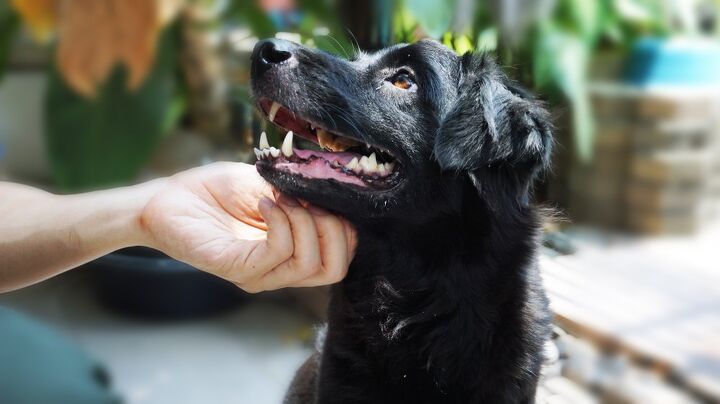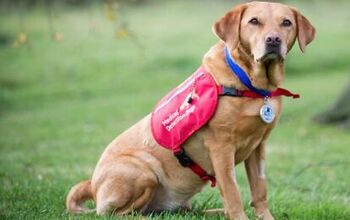Study Says Dogs Can Detect Stress In Their People

They say the nose knows, and it’s definitely true for dogs. One recent study suggests that dogs can smell even more than we think, including stress.
It’s long been known that dogs can smell everything from bombs to truffles to illness, but a recent study suggests that dogs can tell when their humans are stressed.
The study was led by doctoral student Clara Wilson at the Queen’s University Belfast and published in the PLOS One journal.
Wilson shared her thoughts and insight on the study in The Conversation, and said that when people are stressed, there are noted hormonal changes and changes within the nervous system that can alter the different odors produced by the body. She said that she and her colleagues wanted to test whether dogs could detect differences in samples from the same people–before and after they had a stressful situation. Wilson said the idea came from the field of biomedical detection canines and then combined that concept with techniques that are used to test dogs’ perceptions of smell.
The study used heart rate and blood pressure to measure the subjects' stress. The participants also reported stress levels before and after the task assigned in the study. Some of the stress-inducing activities included the participants quickly completing mental math tests. The tests were only four minutes to eliminate extraneous and conflicting variables. The researchers collected saliva and sweat samples from the subjects.
The dogs studied were ones whose parents volunteered their service. Before the study started, the dogs were trained specifically to let researchers know which sample the dogs were picking. Interesting to the researchers, the dogs learned to stand over the sample and then freeze, which the researchers called, “Alert Behavior.”
The dogs learned a matching game with distinct odors that tested their ability to differentiate between scents. Once they finished the game successfully, the experiment was started.
The results were pretty incredible. The study showed the dogs correctly chose the stressed sample 94% of the time in the 720 trials conducted. Initially, the dogs had to choose the stress sample from two controls–two empty vials. Even after adding the relaxed samples, the dogs could still choose the correct sample consistently.
Wilson said this study doesn’t determine whether the dogs saw the perceived stress as a potential negative state; however, it does show that their noses and sense of smell are definitely up to the challenge of investigating that further.

More by Lori Ennis























